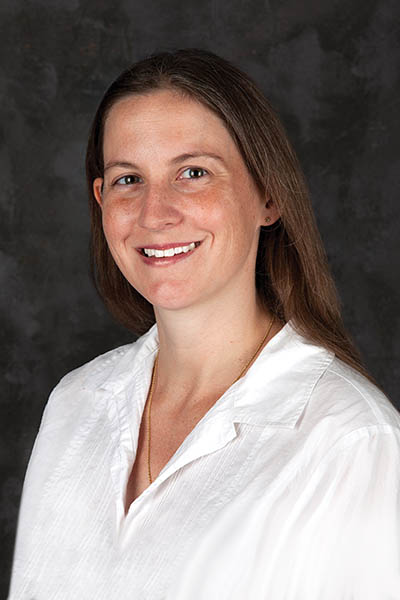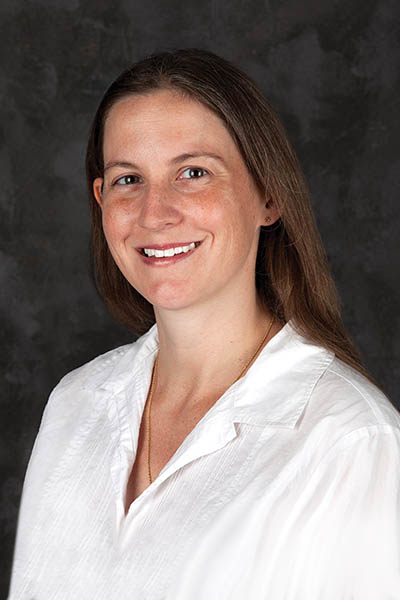
Nothing takes the joys of comfort and fellowship from a holiday meal like gut pain. A common culprit of post-dinner discomfort is gallbladder disease. However, GI tract problems come in many forms. One of these is diverticulitis.
Symptoms of diverticulitis include:
- Infection and inflammation of the colon
- Abdominal pain on the left side
- Fever
- Constipation
- Diarrhea
- Bloody stool
- Uncomfortable urination
These symptoms generally begin a few hours after eating, and are persistent.
Diverticula are small balloon-like pockets that can appear on the colon. Digested food matter can get stuck in these pockets, causing inflammation and infection.
The good news is, diverticulitis can be prevented. By adding fiber to your diet, you can help make your colon not have to work so hard, which goes a long way toward preventing diverticula from forming.
Once diverticulitis sets in, it can be treated in the following ways:
Dietary modification
If you have diverticulitis, you’ll want to stay away from nuts, seeds and popcorn, as these high-residue foods can become trapped in the diverticula and cause infection. Once the inflammation has resolved, you should continue with a high-fiber diet.

Antibiotics
Antibiotics can treat the infected diverticula and help you toward a faster recovery.
Surgery
Depending on the severity of your diverticulitis, the afflicted area of the colon can be removed. After surgery, patients usually remain in the hospital for four to seven days. After six weeks of no heavy lifting or using core abdominal muscles, they can get back to their normal lives.
Dr. Deanna Mansker is a general surgeon at Beaufort Memorial Hospital. To schedule an appointment please call 843-524-8171.

